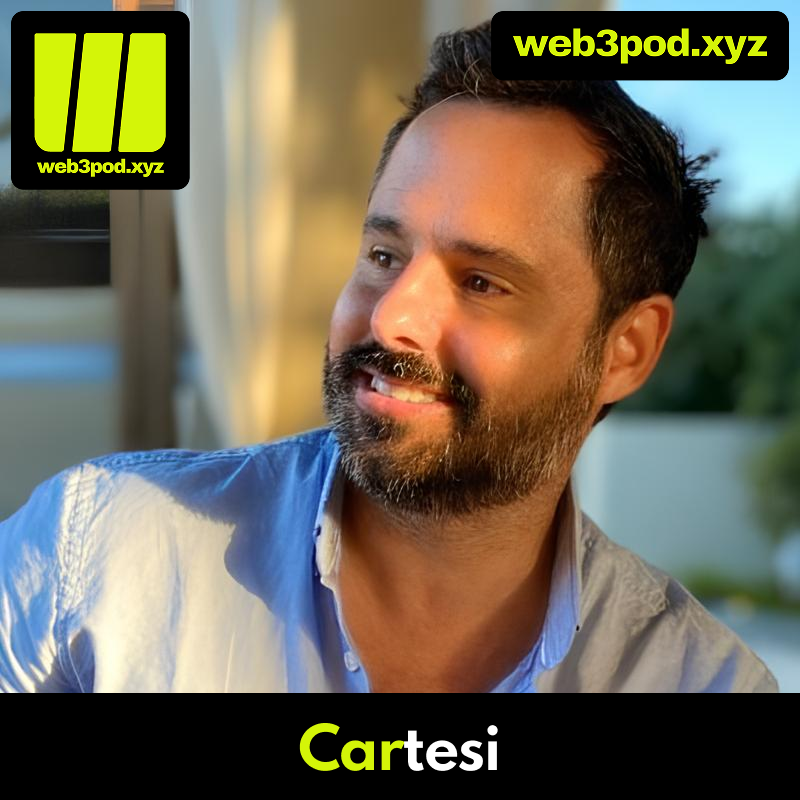Why bridging TradFi and crypto isn't just about tech — it's about trust

In a space often obsessed with yield curves and meme cycles, Fideum Group is quietly solving a different problem: how do you make crypto infrastructure boring enough for banks to trust — and simple enough for anyone to use?
In this episode, I spoke with Ana, co-founder of Fideum, about the real barriers to Web3 adoption: regulation, UX, and credibility. Her journey from EU law enforcement to Aave to founding a regulated crypto-fintech startup offers a unique vantage point into the maturing digital asset space.
Building for compliance from day one
Fideum’s approach is refreshingly grounded. Instead of chasing the latest trend, they built core infrastructure for fiat-crypto conversion, payments, staking, and reporting — with regulation baked in.
Their customers range from retail users in emerging markets to VCs, dev shops with distributed teams, and now banks across the EU. It's all API-first, fully compliant, and intentionally frictionless.
“It’s the boring side of crypto — but essential. If your CFO can’t use it, it’s not going to scale.”
On stablecoins, CBDCs, and the split we’re not talking about
Ana shared a smart observation: Web3 is splitting into two realities. On one side, there's regulated digital finance — stablecoins, CBDCs, ETFs. On the other, there's DeFi, restaking, and meme-fueled volatility.
Both will continue to exist. But institutional adoption won’t look like what many crypto natives expect. It’ll be slower, more cautious, and largely invisible to the average user.
“True adoption is when no one notices it’s crypto anymore. They’re just using money.”
The compliance dilemma: user protection vs. UX
Building regulated products isn’t glamorous. Fideum has to make tradeoffs constantly: user safety vs. user flow, feature velocity vs. licensing boundaries.
But this is where the next wave of trust will be built. Projects like Fideum may not be loud on Crypto Twitter, but they’re earning trust from regulators and banks — and that’s a different kind of moat.
Advice to founders: stop guessing
Ana’s advice is blunt and useful: don’t overbuild. Release early, get feedback, and listen.
“The best code in the world is useless if no one needs what you built.”
Fideum scrapped 30% of planned features after testing their cards with real users. That time was reinvested into what customers actually needed — and growth followed.
Fideum is hiring.
They’re currently expanding their business development team — globally. If you understand both crypto and TradFi, and enjoy building bridges (not just L2s), check them out.
🔗 fideum.com




